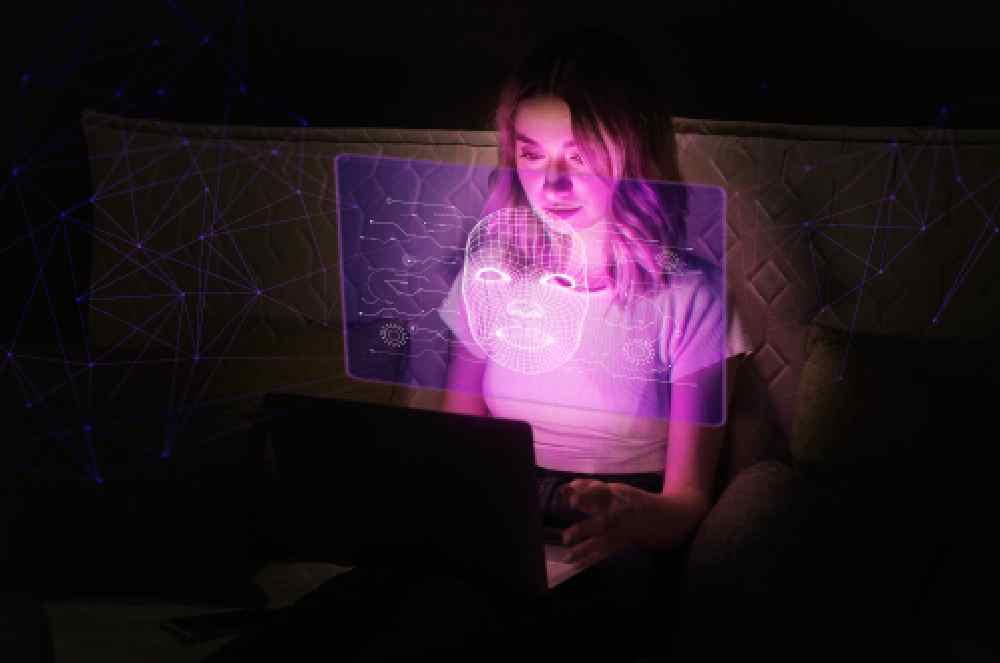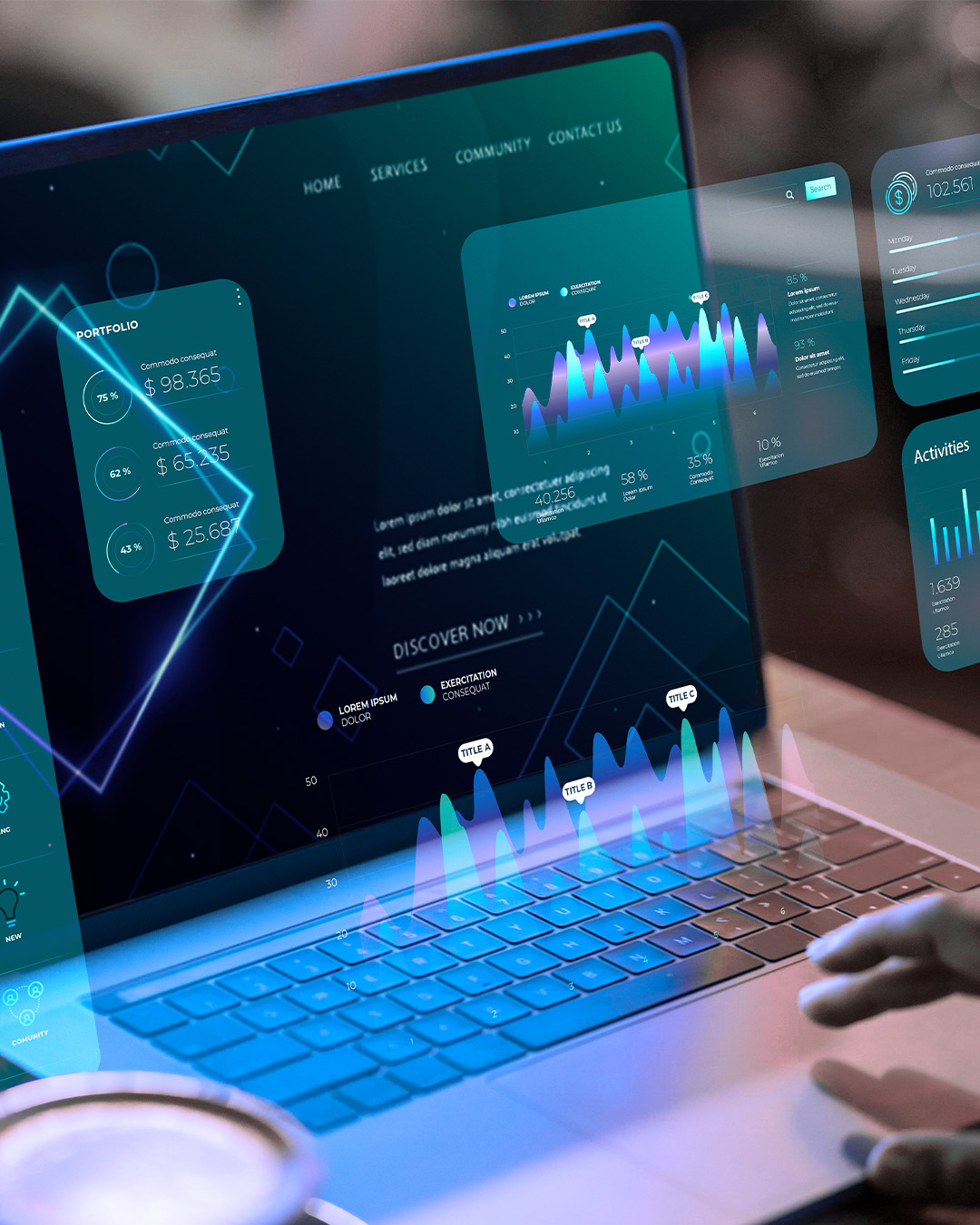Facial recognition, fingerprint, password, PIN, or pattern: Which locking method makes your phone more secure?

Long and Complex Passwords and 3D Facial Recognition with Sensor are the Safest Methods to Lock Your Phone, According to Experts Consulted by G1.
Below, check out how the main phone lock methods work and their evaluation from ? to ???, based on information obtained from these professionals.
It is important to note that, despite some methods being more secure than others, the best strategy is to combine more than one method (see at the end of the report).
??????Alphanumeric Complex and Long Password
This is a mix of uppercase and lowercase letters, numbers, and symbols manually set to unlock the phone.
When implemented correctly, it is considered one of the safest locking methods. To do so, the password should be:
- Long: ideally, between 8 and 12 characters.
- Complex: mix numbers, lowercase and uppercase letters, and symbols randomly — never use birthdates or simple sequences.
- Rarely used: otherwise, it becomes more susceptible to being guessed.
??????Facial Recognition with 3D Sensor
This works by capturing and storing a unique map of the user's face. The security level depends on the type of image capture sensor used by the device.
?? 3D Sensor: considered very secure because it captures not only the image but also the depth of the face. This allows it to distinguish a person from a photo.
?? 2D Sensor: only captures the image, which makes it vulnerable to fraud using photos and videos.
How to know if your phone camera sensor is 2D or 3D?
?? Check the manufacturer’s official website or the phone's manual and look for terms like “Face ID” or “depth sensor.”
"These are indications that 3D technology is present," explains Hiago Kin, president of the Brazilian Cybersecurity Association (Abraseci). "Many premium models, like iPhones from X onward and some high-end Androids (e.g., Samsung Galaxy S22) offer this functionality."
?? Test facial recognition with the lights off; if it works, it is likely to have a 3D sensor.
“3D technology usually uses infrared sensors, so if it works even in the dark, it’s likely 3D,” explains Kin.
?????Fingerprint
The phone uses a sensor to read the fingerprint and convert it into a code. When the user attempts to unlock the device, it checks if the fingerprint matches the stored code.
It’s a secure strategy but can be compromised by fingerprint copies left on surfaces like cups and doorknobs, for example.
??PIN
A typical 4- or 6-digit sequence set by the user and stored on the device.
It’s not very secure because it can be visually observed and copied by fraudsters.
??Pattern
In this method, the user connects points on the screen to form a pattern, which must be repeated to unlock the device.
“It’s considered insecure, especially because people often use the same patterns, like 'L' or 'zig-zag' shapes, which can be guessed or easily copied,” says the president of Abraseci.
?Combine more than one lock method
This is the best way to keep your phone secure, according to Márcio Teixeira, member of the Institute of Electrical and Electronics Engineers (IEEE) and professor at the Federal Institute of Education, Science, and Technology of São Paulo (IFSP).
“You can set a complex alphanumeric password [with letters and numbers] as the standard lock method for your phone and leave facial recognition as an additional method in case you forget the password,” he explains.
According to him, it is also important to use different lock methods for the phone and bank apps. “This makes it even harder to access this data,” he says.
Source: G1
Transform your company's management and ensure more efficient execution, on time and within budget! Contact us.



















